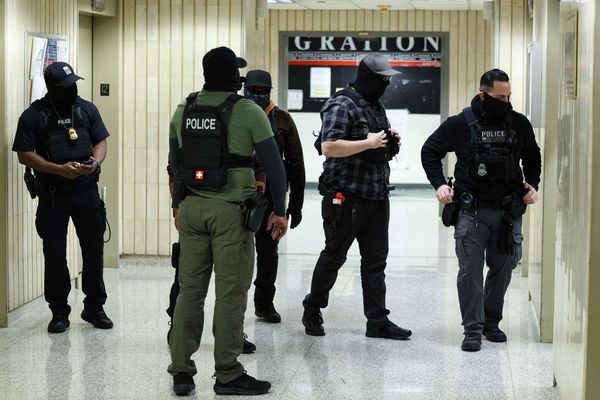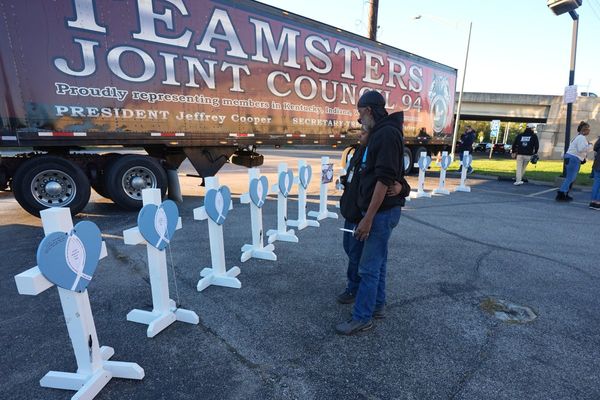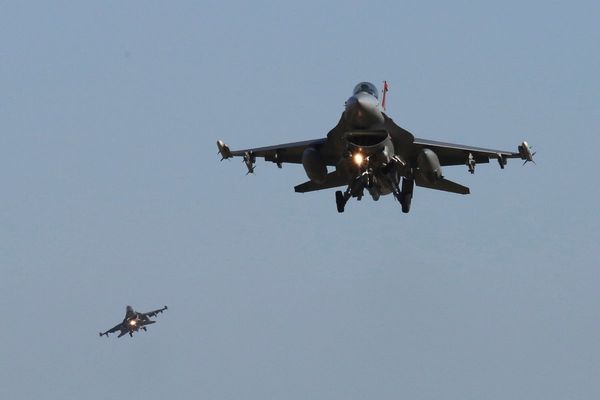Russian President Vladimir Putin has indicated he wants to pursue a new nuclear weapons agreement with US President Donald Trump, ahead of their anticipated summit in Alaska on Friday.
The potential accord is framed by Mr Putin as part of a wider initiative to bolster global peace, coming amid persistent pressure from Mr Trump to de-escalate the three-and-a-half-year conflict in Ukraine.
Moscow views the Ukrainian situation as integral to a complex web of security concerns that have elevated East-West tensions to their highest point since the Cold War.
Despite Kyiv's repeated calls for an immediate and comprehensive ceasefire, Mr Putin has resisted, even as Russian forces continue their gradual advance in Ukraine.
However, progress on a new arms control treaty at the summit could allow Mr Putin to present himself as actively engaged in broader peace efforts.
This, in turn, might help dissuade Mr Trump from imposing new sanctions on Russia and its key exports, including oil, a measure the US leader has previously threatened.
Such a development could also signify a broader push to mend relations with Washington, particularly concerning trade and economic ties, areas the Kremlin believes hold significant untapped potential.
Why has Putin repeatedly talked up Russia’s nuclear arsenal?
Throughout the war, Mr Putin has delivered veiled threats about using nuclear missiles and warned that entering a direct confrontation with Russia could lead to World War Three.
They have included verbal statements, war games, and lowering Russia's threshold for using nuclear weapons.
The fact that Russia has more nuclear weapons than any other country gives it a stature in this domain that far exceeds its conventional military or economic power, allowing Mr Putin to face Mr Trump as an equal on the world stage when it comes to security.
How many nuclear weapons do Russia and the US have?
According to the Federation of American Scientists, Russia and the United States have estimated military stockpiles of 4,309 and 3,700 nuclear warheads respectively.
China trails behind with an estimated 600.
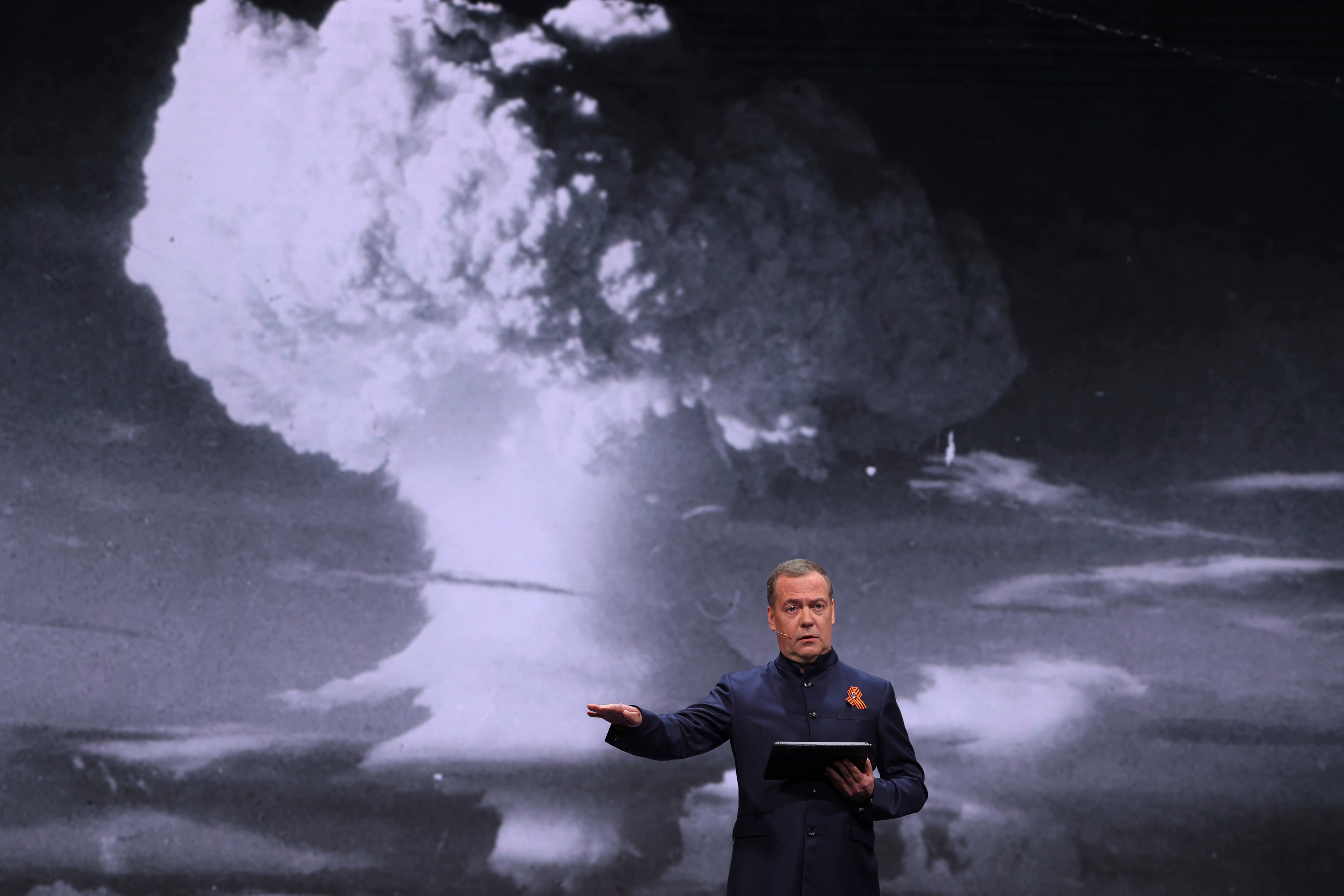
What does the existing US-Russia nuclear treaty say?
Signed by then-US president Barack Obama and his Russian counterpart Dmitry Medvedev in 2010, the New START treaty caps the number of strategic nuclear warheads that the United States and Russia can deploy.
Each is limited to no more than 1,550, and a maximum of 700 long-range missiles and bombers. Strategic weapons are those designed by each side to hit the enemy's centres of military, economic and political power.
The treaty came into force in 2011 and was extended in 2021 for five more years after US President Joe Biden took office. In 2023, Mr Putin suspended Russia's participation but Moscow said it would continue to observe the warhead limits.
The treaty expires on 5 February 2026. Security analysts expect both sides to breach the limits if it is not extended or replaced.
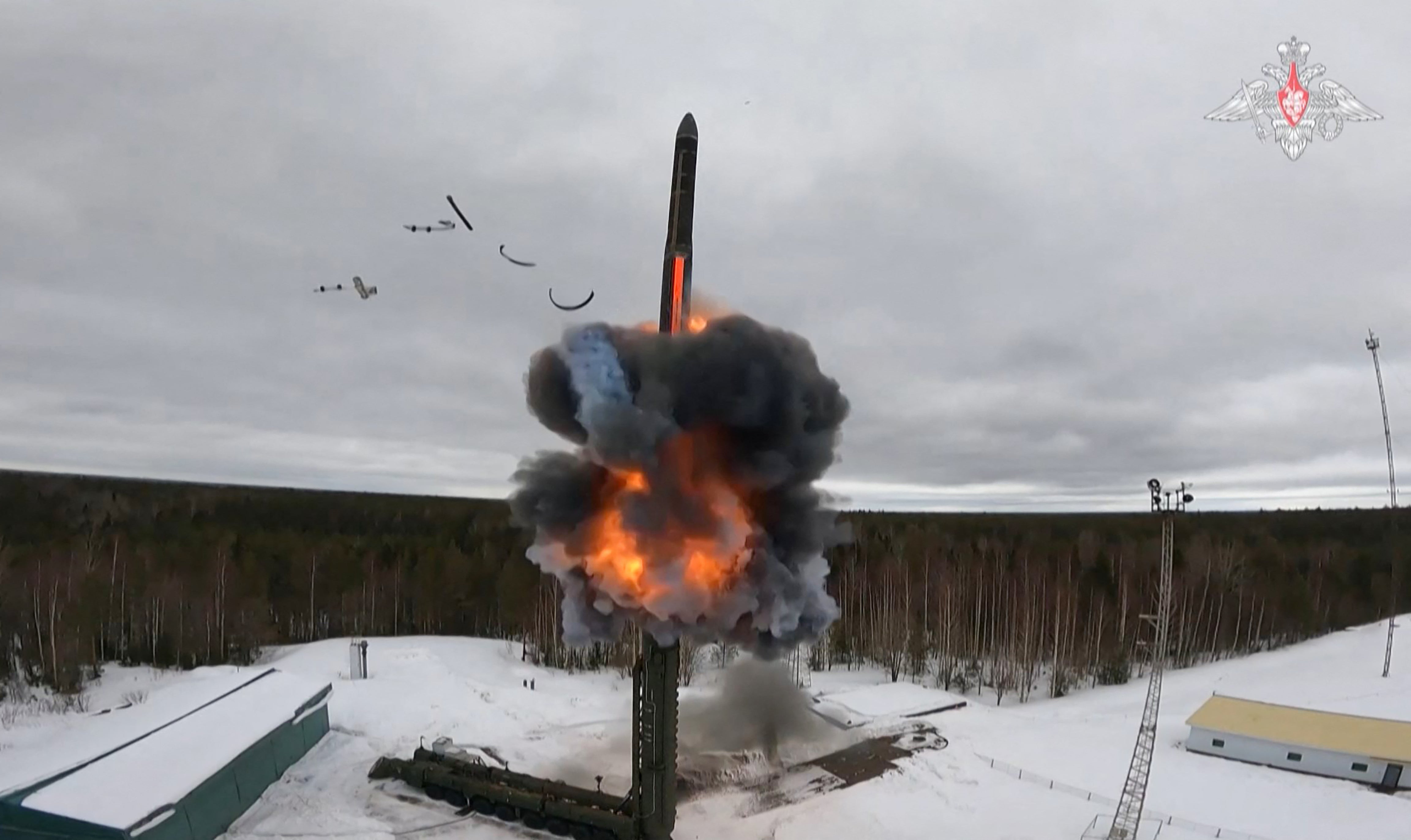
What are the other nuclear points of contention?
In a symptom of the underlying tensions, Mr Trump this month said he had ordered two US nuclear submarines to move closer to Russia because of what he called threatening comments by Mr Medvedev about the possibility of war with the US.
The Kremlin played down the move but said "everyone should be very, very careful" with nuclear rhetoric.
Separately, an arms race looms over shorter- and intermediate-range missiles, which can also carry nuclear warheads.
During Mr Trump's first presidency, in 2019, he pulled the US out of a treaty that had abolished all ground-based weapons in this category. Moscow denied his accusations that it was cheating.
The United States plans to start deploying weapons including SM-6 and Tomahawk missiles, previously placed mainly on ships, as well as new hypersonic missiles, in Germany from 2026.
Russia said this month it no longer observes any restrictions on where it might deploy intermediate-range missiles.
Florida opening new ICE jail named Deportation Depot inside former prison
Tourists greeted by National Guard patrolling DC landmarks on Thursday morning
DC's homeless pack up as sweeps are expected. What we know about Trump's plan to clear encampments
Trump-Putin summit live: US president warns ‘25% chance’ Ukraine talks will fail
Inside Putin’s ruthless ‘winning’ mindset – and the major risk to Trump
Malnourished kids arrive daily at a Gaza hospital as Netanyahu denies hunger

